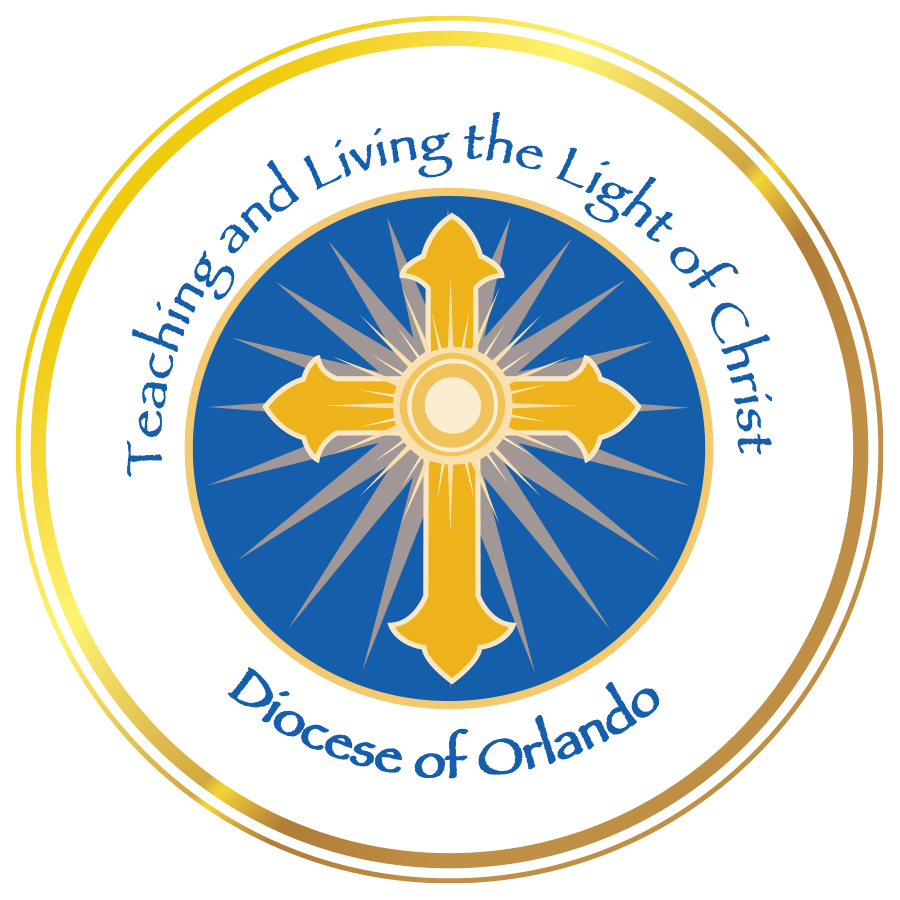The Jewish Passover Seder meal is a ritual feast marking the beginning of the Jewish holiday of Passover. God told the Israelites: “You shall tell your child on that day, saying, ‘It is because of what the LORD did for me when I came out of Egypt’” (Exodus 13:8). The meal is a reminder of when God passed over the house of all who had followed his commands and spared their eldest sons.
Although it is a Jewish tradition, members of the St. Roberts Circle ministry at St. Mary Magdalen Catholic Church in Altamonte Springs, began celebrating the meal in 1985. Since then, it is hosted every Tuesday during Holy Week. The Seder meal at the parish eventually grew with wide community involvement, selling out 250 tickets per year.
The St. Mary Magdalen Passover Celebration now incorporates people from many different parishes and faiths. The Men’s Club makes the meal and the Youth Group serves the attendees. Thanks to all who partake in the Passover Celebration, the Seder meal has become a parish, school, and community event.
During the Seder meal, all guests must participate in the sacred rituals. Everyone is given a Passover Celebration book, or the Haggadah, and men are given a yamaka to cover their heads, in order to honor God.
To begin the Seder meal, the oldest female at each table, the mother, must do the ceremonial lighting of the candle. The Jewish community and other parishes are then welcomed. In Hebrew, Seder means “order” and Haggadah means “story”, representing the order of events in the story of Exodus.
All that is eaten at the Seder meal has symbolic meaning. Attendees must eat lamb, for it is a reminder of the Passover lamb that was sacrificed and eaten by the families before fleeing to the desert. They eat the beytzah (egg), bitter herbs with salt water, haroset (a mixture of apples, pears, nuts and wine), karpas (parsley), and matzot (unleavened bread). The Haroset is a mixture of apples, pears, nuts and wine, to remind the Israelites of the mortar they worked with as slaves under the Egyptians. Guests are also required to drink at least four cups of wine (or grape juice for children), each at a certain time. Towards the end of the meal, the children must go and find the afikoman, the matzot the rabbi (in this case, parish pastor, Father Charlie Mitchell) hid at the beginning of the meal. But the most exciting part is the singing of Hebrew songs and dancing at the end of the meal.
But how does this relate to our Catholic faith? Our roots are Jewish. Jesus died on the day of preparation for Passover. Although the meal he shared with his disciples at the Last Supper was not a Passover meal, it was his own Passover. He was to become the Passover lamb, sacrificed so that all might be saved.
When Catholics or people of other faiths celebrate the Seder, they must be very careful to follow the Jewish traditions faithfully as this is a sacred meal to the Jews. It is best if a rabbi is present to ensure that it is honored appropriately. The Seder meal is a feast of freedom and redemption. It is our duty as Catholics to recall the story of the Exodus, for it has given us the courage to face difficulties in our lives. It is part of our salvation history.
Article written by Austin K., a seventh grade student at St. Mary Magdalen Catholic School in Altamonte Springs. Photo taken also taken by Austin.K.
